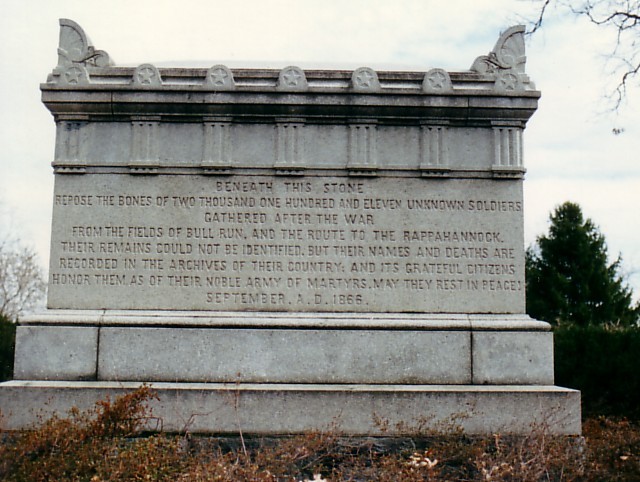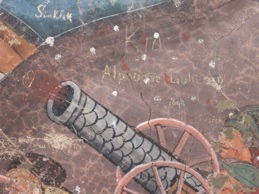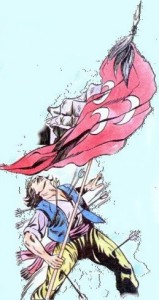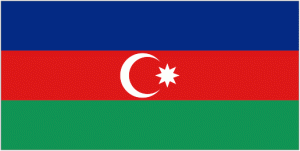
On May 27, 1967, the Australian public voted to alter the language of the Constitution to remove discriminatory laws against the indigenous people.
One such Constitutional clause had previously declared:
“In reckoning the numbers of the people of the Commonwealth, or of a State or other part of the Commonwealth, aboriginal natives shall not be counted.”
Still, even decades after this sweeping reform, the Australian court held to a policy known as Terra Nullius. Terra Nullius was the doctrine that insisted that the occupation of the Australian continent did not occur until after European ‘discovery’ and colonialization. This historical whoops now generally estimated to be about 40,000 years off. It wasn’t overturned until the last decade of the 20th century, on June 3, 1992, in the extraordinary case of Eddie Mabo.
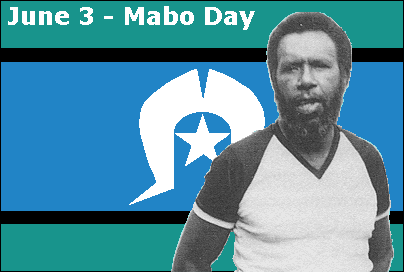
Born on the island of Mer in the Torres Strait in Queensland, Mabo was working as a gardener and groundskeeper at James Cook University when he was denied passage back to his birth island during a trip to visit his ailing father. Mabo took on the aged Australian albatross of indigenous landrights disputes. While pursuing a teaching degree (in his 40’s) Mabo waged a decade-long legal battle confronting the fallacy of Terra Nullius. He took his case all the way to the highest court in the land.
“The Mabo decision is arguably the most important decision that the High Court of Australia has made since Federation. It states Indigenous people have Legal Rights not just Symbolic Rights to all Crown Land in this country, as well as possible rights to pastoral leases. Mabo Day marked the beginning of a new era for Indigenous people. It changed Australian’s views of themselves and their rights to this land. It has forced mining companies and the corporate world to take stock of Indigenous peoples’ claims. It has radically altered the relationship between Indigenous and non Indigenous people in this country.”
Though Mabo Day is not an official holiday in Australia, the week from May 27 to June 3 is now known as Reconciliation Week. It is a week meant to encourage dialogue and help mend centuries of injustice against the nation’s indigenous people and to foster healing between Australia’s diverse communities.








